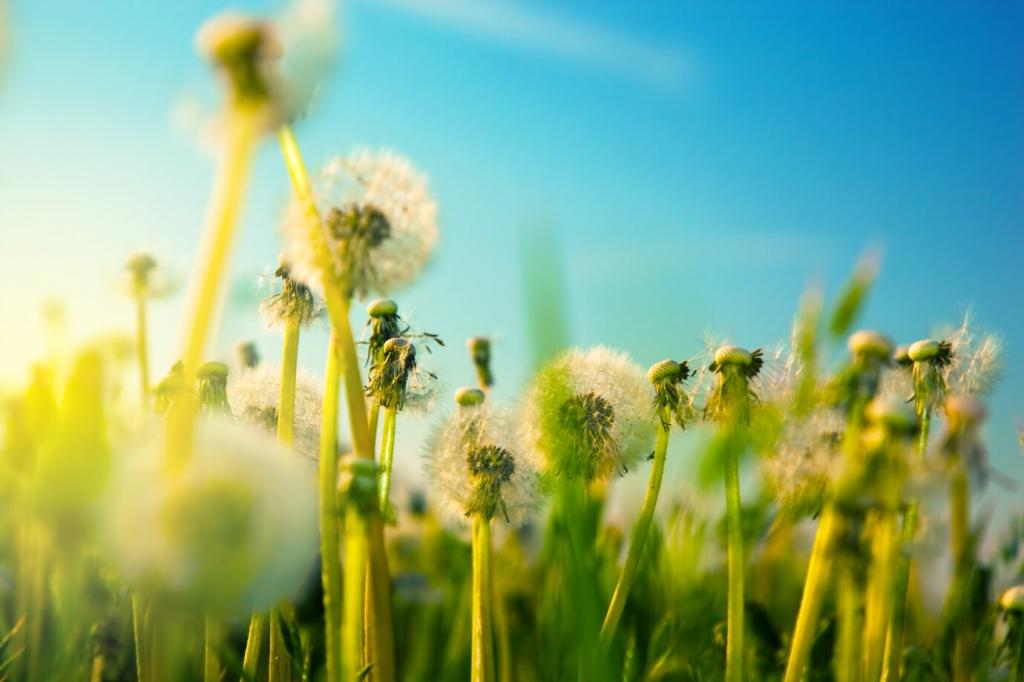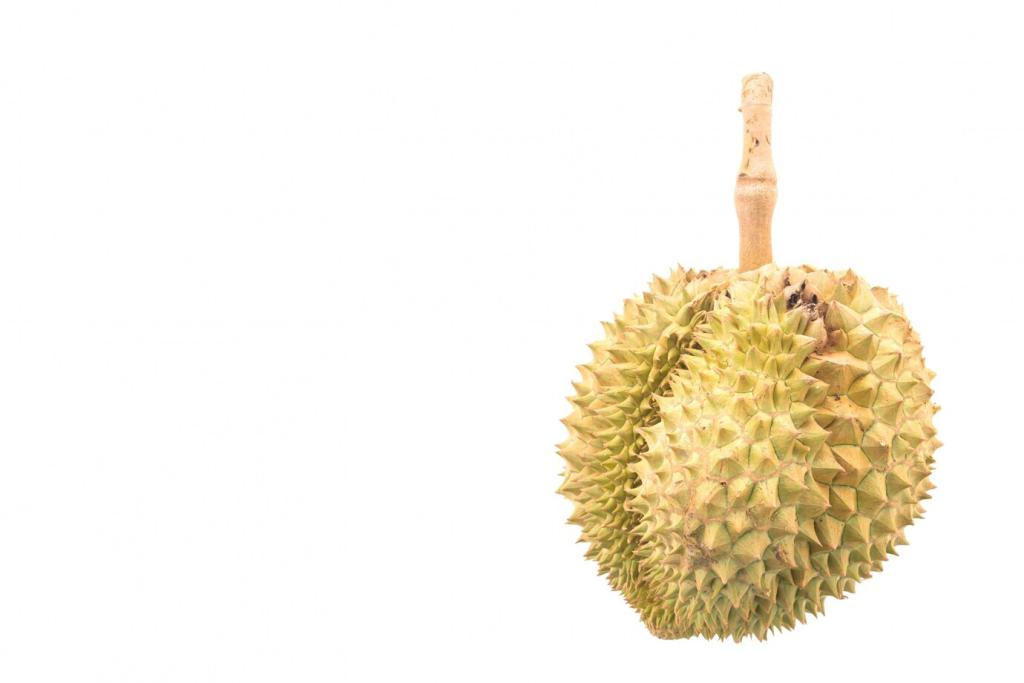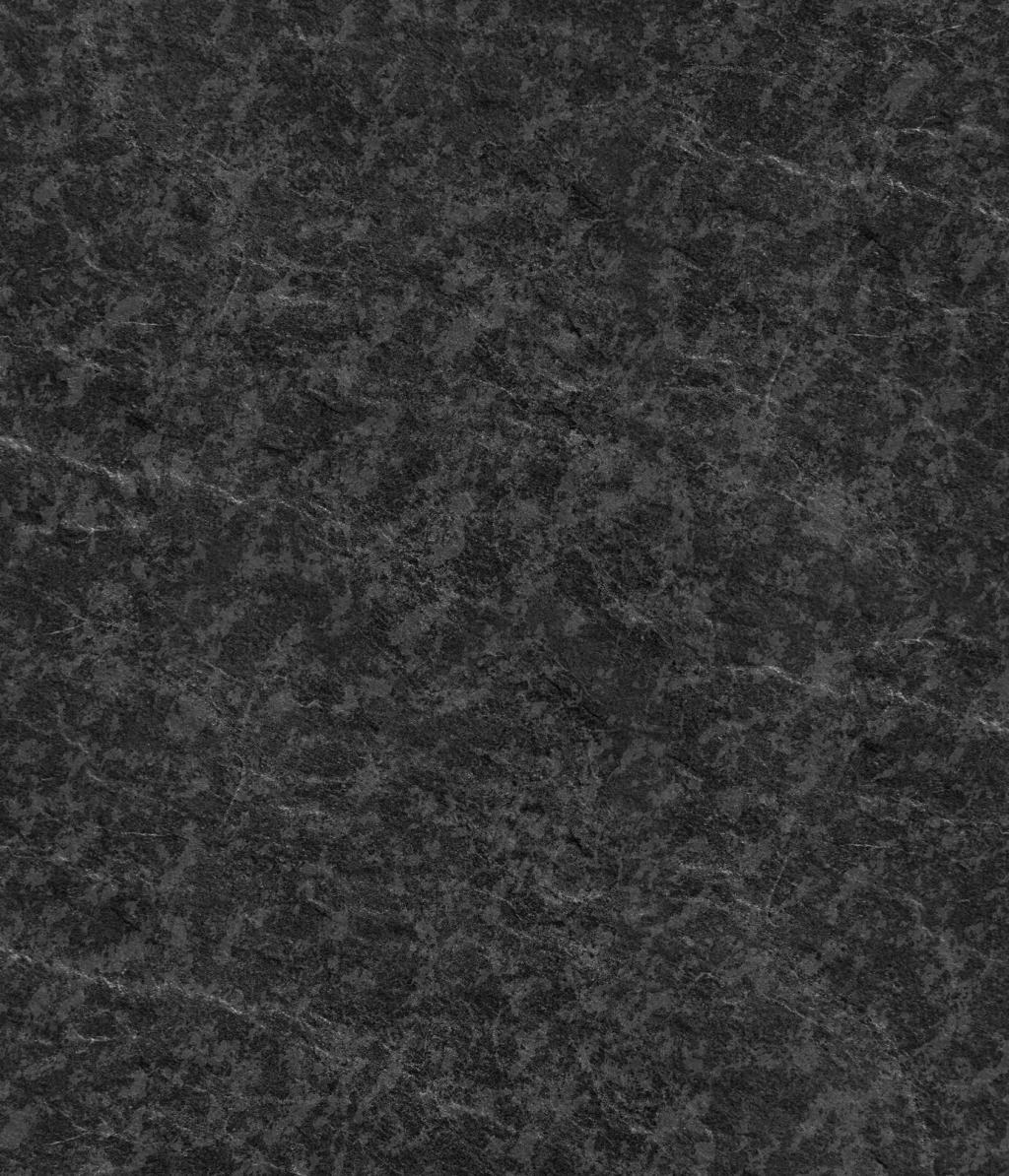Leading Lines in Tiny Landscapes
Leaf veins make elegant arrows toward beetle mandibles. A single filament of silk can pull attention to a suspended dew drop. Share a photo where a natural line guided the viewer right to the surprise.
Leading Lines in Tiny Landscapes
Gentle S-curves suggest motion even in still subjects, like a caterpillar curled along a blade. Angle yourself so the curve begins at a corner and ends at your focal point. Post your favorite curving line discoveries.




